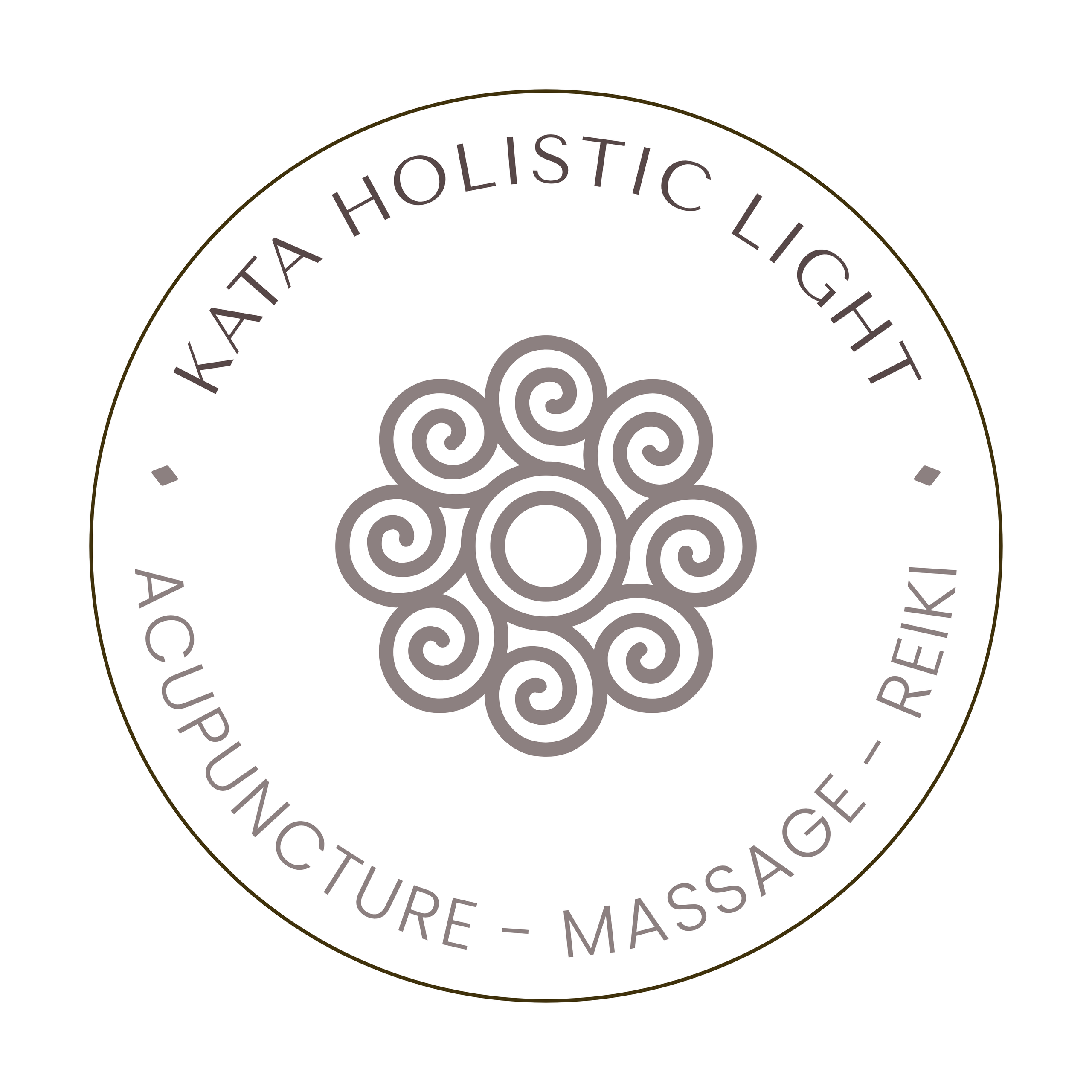Exploring the Benefits of Cupping Therapy
Introduction
Cupping therapy, an ancient healing practice, has gained attention in recent years for its purported health benefits. Originating from traditional Chinese medicine (TCM), cupping involves placing cups on the skin to create suction, which proponents claim can alleviate various ailments. While some embrace cupping as a holistic treatment with numerous advantages, others express scepticism due to limited scientific evidence and potential risks. This essay aims to provide an overview of cupping therapy, discussing its history, techniques, purported benefits, controversies, and the current state of research.
Historical Background
Cupping therapy has deep roots in ancient civilizations, with evidence of its use dating back thousands of years across different cultures, including Egypt, Greece, and China. In TCM, cupping is believed to balance the flow of qi (pronounced "chee"), the vital energy that purportedly runs through the body's meridians. Traditional practitioners often combined cupping with acupuncture and herbal medicine to treat various conditions, ranging from musculoskeletal disorders to respiratory ailments.
Techniques and Procedure
Modern cupping techniques involve using cups made of various materials such as glass, silicone, or plastic. The practitioner creates suction either by heating the cup or by using a mechanical pump, which draws the skin upwards into the cup. The cups may remain stationary or be moved across the skin's surface, depending on the desired therapeutic effect. The process typically leaves temporary circular marks on the skin, known as "cupping marks," which result from the suction and increased blood flow to the area.
Purported Benefits
Proponents of cupping therapy claim a wide range of health benefits, including
Recent years have seen a growing interest in researching cupping therapy, driven by both its popularity and the need for scientific validation. While preliminary studies have shown promising results for certain conditions like chronic neck pain, fibromyalgia, and herpes zoster, more rigorous research, including large-scale randomized controlled trials, is needed to establish its effectiveness conclusively. Additionally, research should focus on identifying the mechanisms of action underlying cupping therapy and elucidating its potential risks.
Conclusion
Cupping therapy, with its long history and purported health benefits, continues to intrigue both practitioners and researchers alike. While some praise its holistic approach to healing and anecdotal success stories, others remain cautious due to the lack of robust scientific evidence and potential risks. As research in the field progresses, a better understanding of cupping therapy's efficacy, safety, and appropriate applications will emerge, guiding its integration into mainstream healthcare practices. Until then, individuals considering cupping therapy should consult with qualified practitioners and approach it with a critical yet open-minded perspective.
Historical Background
Cupping therapy has deep roots in ancient civilizations, with evidence of its use dating back thousands of years across different cultures, including Egypt, Greece, and China. In TCM, cupping is believed to balance the flow of qi (pronounced "chee"), the vital energy that purportedly runs through the body's meridians. Traditional practitioners often combined cupping with acupuncture and herbal medicine to treat various conditions, ranging from musculoskeletal disorders to respiratory ailments.
Techniques and Procedure
Modern cupping techniques involve using cups made of various materials such as glass, silicone, or plastic. The practitioner creates suction either by heating the cup or by using a mechanical pump, which draws the skin upwards into the cup. The cups may remain stationary or be moved across the skin's surface, depending on the desired therapeutic effect. The process typically leaves temporary circular marks on the skin, known as "cupping marks," which result from the suction and increased blood flow to the area.
Purported Benefits
Proponents of cupping therapy claim a wide range of health benefits, including
- Pain Relief: Cupping is believed to alleviate musculoskeletal pain by promoting blood circulation, reducing inflammation, and releasing muscle tension.
- Improved Circulation: The suction created during cupping is thought to stimulate blood flow, which may enhance circulation and oxygenation of tissues.
- Detoxification: Advocates suggest that cupping helps remove toxins and metabolic waste from the body, promoting detoxification.
- Stress Reduction: Some individuals report feeling relaxed and less stressed after cupping sessions, attributing it to the therapy's calming effect on the nervous system.
- Enhanced Immunity: There are claims that cupping can strengthen the immune system by supporting the body's natural healing mechanisms.
Recent years have seen a growing interest in researching cupping therapy, driven by both its popularity and the need for scientific validation. While preliminary studies have shown promising results for certain conditions like chronic neck pain, fibromyalgia, and herpes zoster, more rigorous research, including large-scale randomized controlled trials, is needed to establish its effectiveness conclusively. Additionally, research should focus on identifying the mechanisms of action underlying cupping therapy and elucidating its potential risks.
Conclusion
Cupping therapy, with its long history and purported health benefits, continues to intrigue both practitioners and researchers alike. While some praise its holistic approach to healing and anecdotal success stories, others remain cautious due to the lack of robust scientific evidence and potential risks. As research in the field progresses, a better understanding of cupping therapy's efficacy, safety, and appropriate applications will emerge, guiding its integration into mainstream healthcare practices. Until then, individuals considering cupping therapy should consult with qualified practitioners and approach it with a critical yet open-minded perspective.

